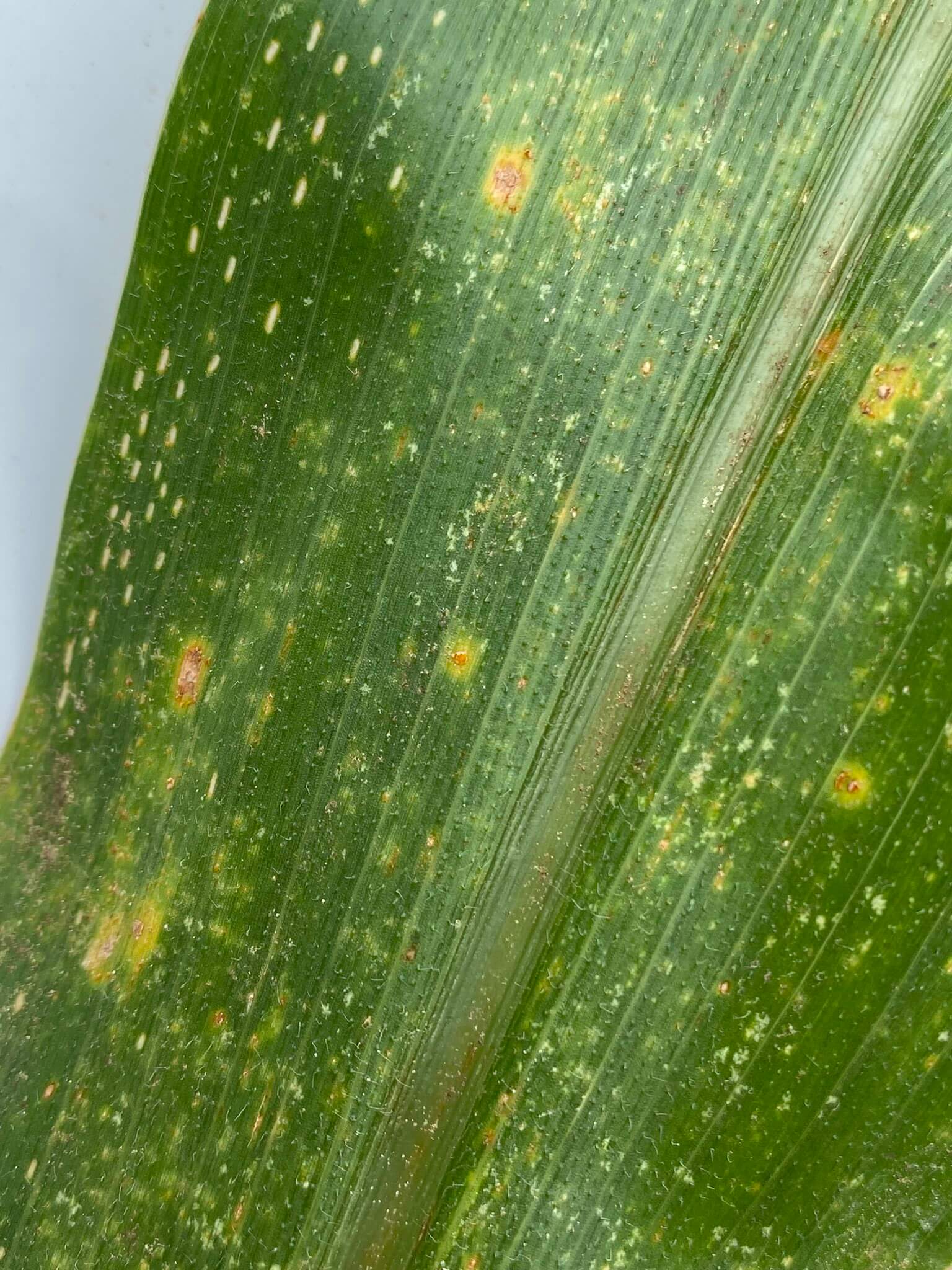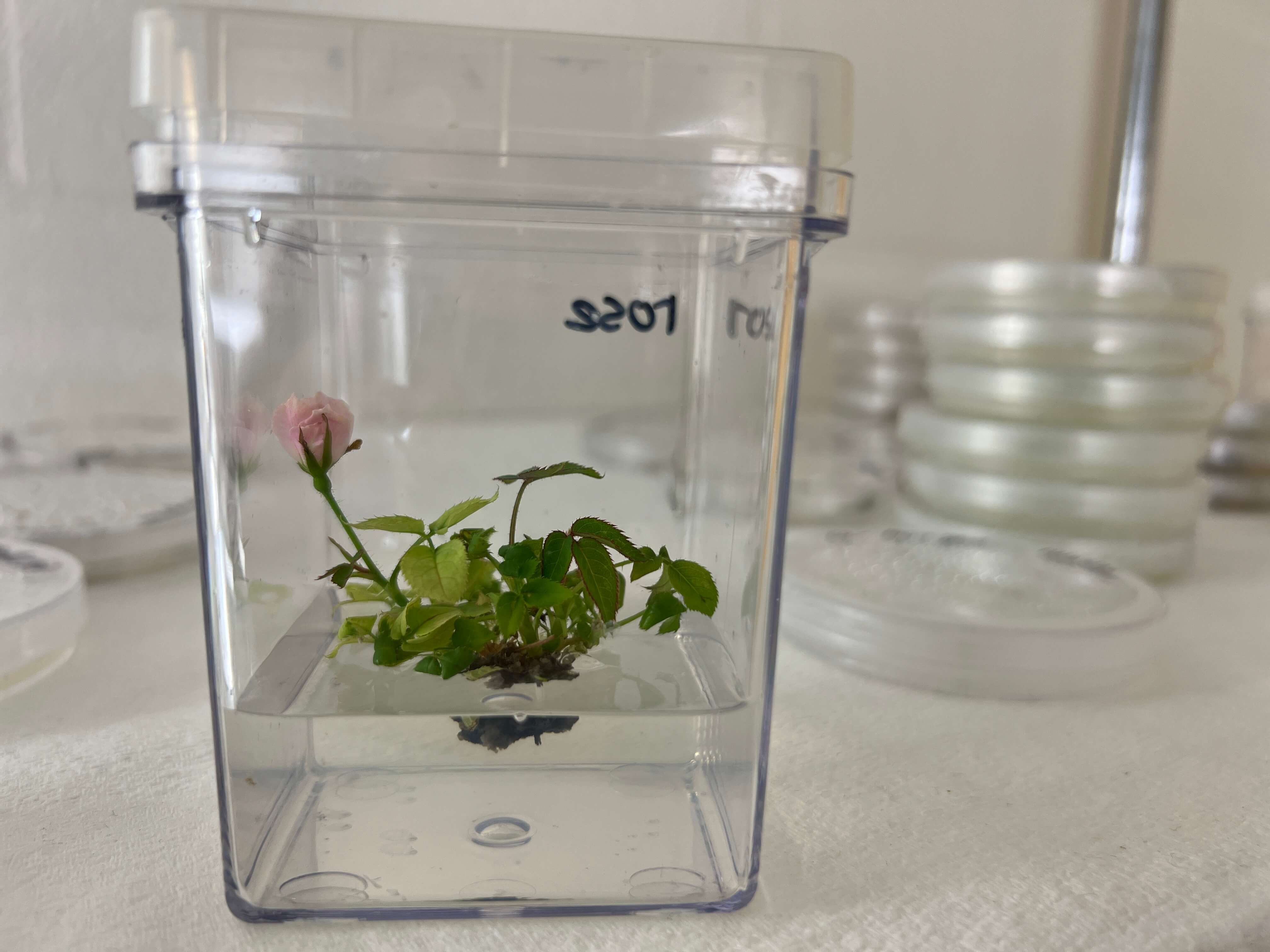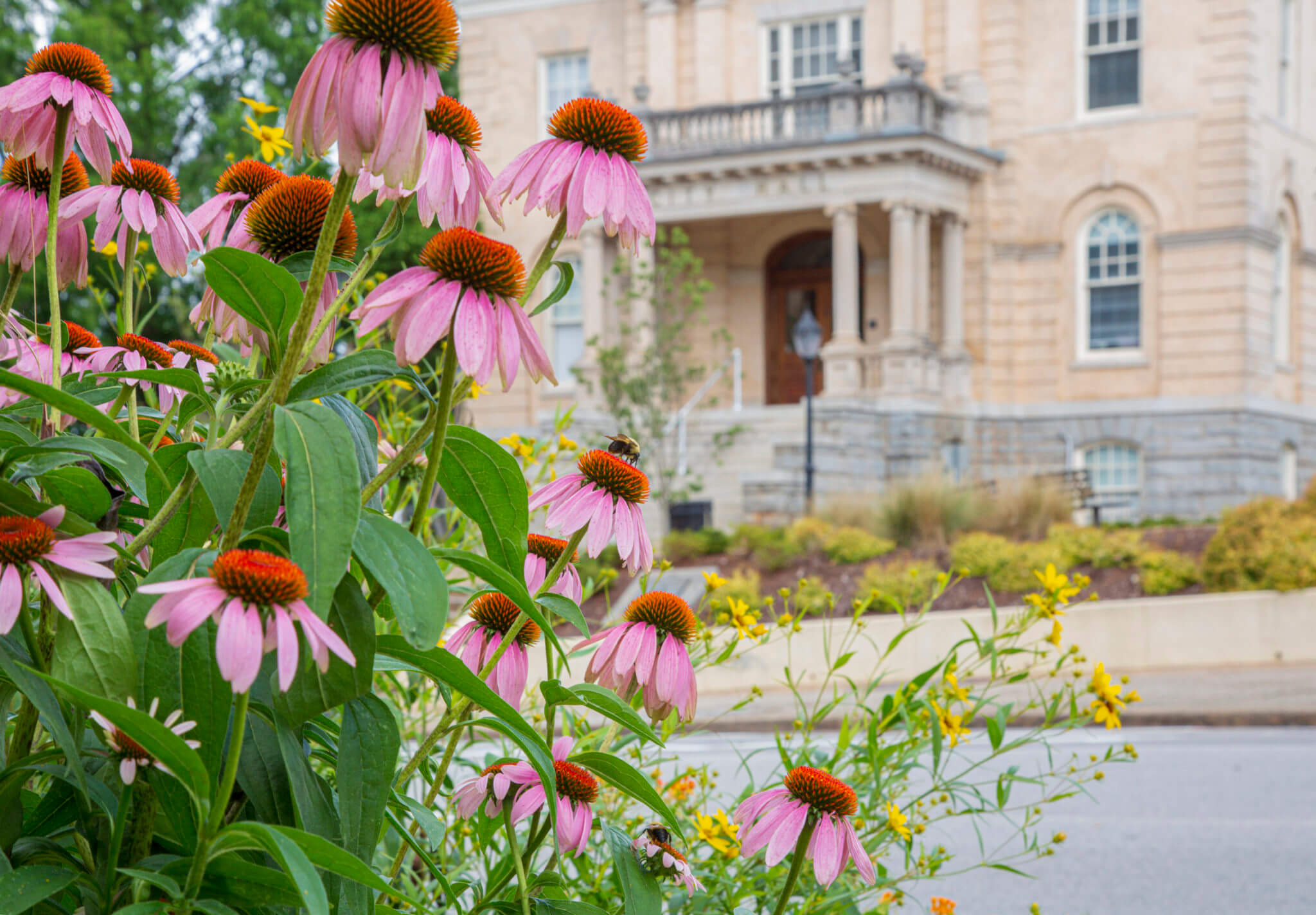Every year home gardeners call their University of Georgia Cooperative Extension office to ask, "What's causing my tomatoes to fire up?" This is how most people describe a disease known as early blight.
Normally, we get these calls in June, but due to an early spring, it's showing up a little earlier this year. Recent damp weather is causing early blight to appear in a lot of gardens. Like most diseases, heavy dews and rainfall promote early blight.
A fungal disease, early blight can affect seedlings but is generally found on older plants. The most common symptom is dark brown spots with dark concentric rings developing first on the oldest leaves. I guess this is why people refer it as "firing up" because the disease moves from the bottom up. Spotted leaves may die prematurely, resulting in substantial early defoliation, fruit sunscald and poor fruit color.
The disease-causing fungus overwinters in residue from diseased plants, where it can persist for at least one year. The fungus is also seed-borne and can be introduced on seed and transplants. It can occur under a wide range of weather conditions but, as mentioned earlier, is promoted by dampness.
Early blight is just one of many reasons why tomatoes should not be planted in the same spot year after year. Rotating planting locations in the garden reduces the risk of many tomato disorders.
If the lower leaves of your plants begin to spot, fungicides can be applied to help control the disease. Check with your local garden stores for these products.
Fungicides may need to be re-applied after rains but in the absence of rain, protective sprays every couple of weeks will probably be sufficient. Watering in a way that does not wet the leaves will also aid in control.
For answers to other tomato-growing questions, contact your local University of Georgia Cooperative Extension office at 1-800-ASK-UGA1.


.png)



.png)
